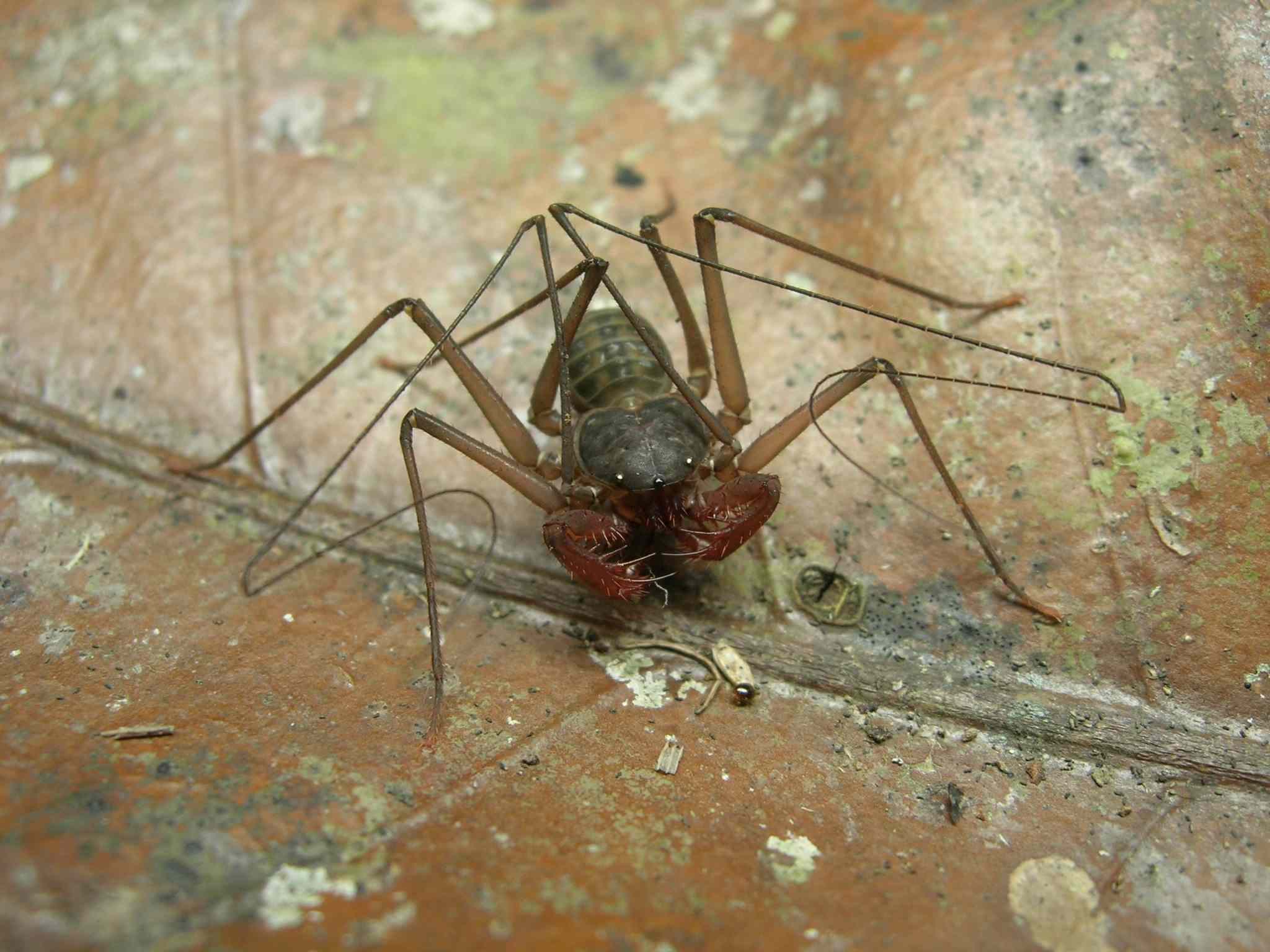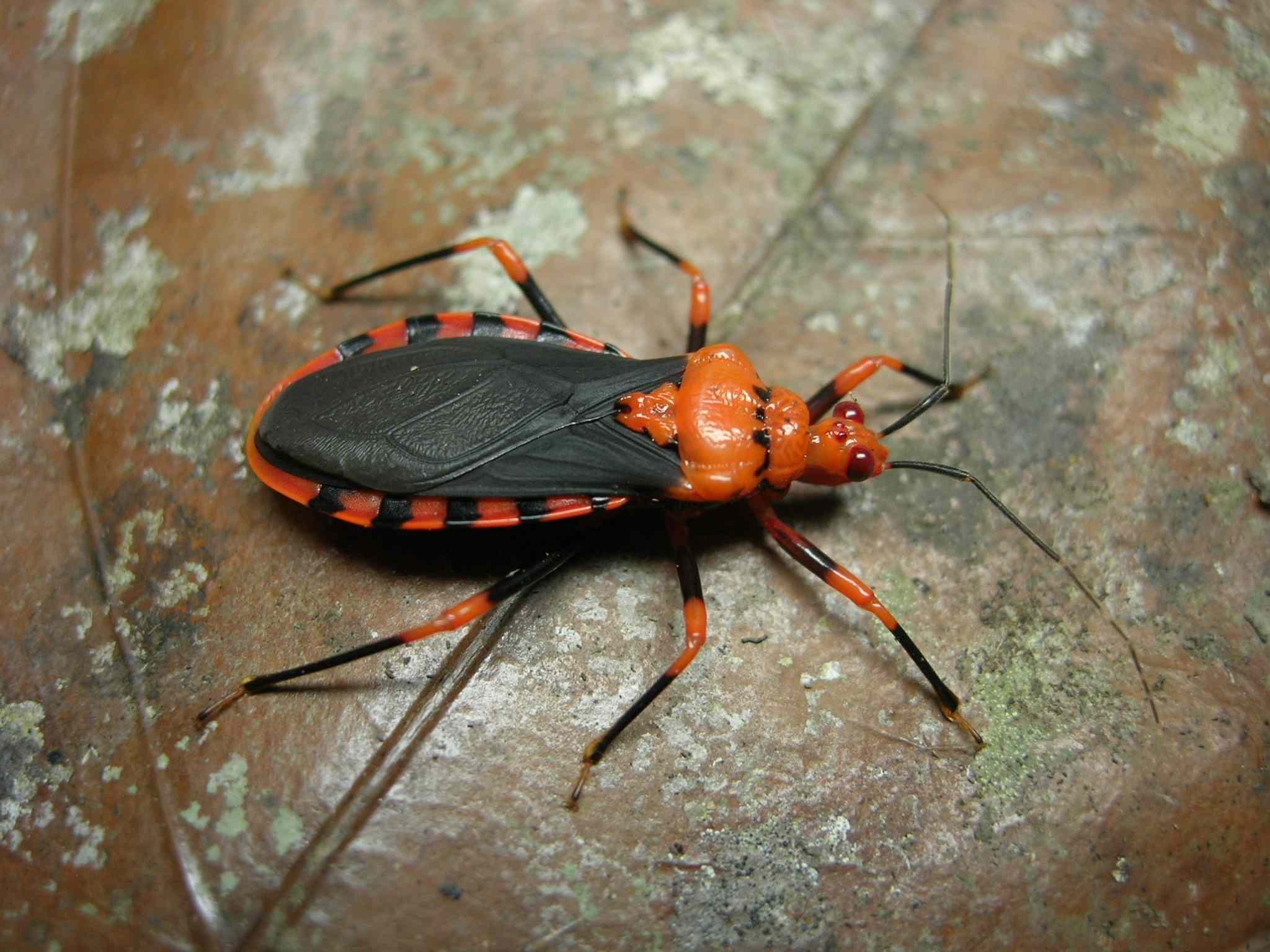
Home | Systematics | Resources | Attic | Data Privacy Statement | Impressum | AntCat | AntMaps | Asian Myrmecology | ANeT
|
Research of Dr. Dirk Mezger
PhD project: Exploring soil food webs in tropical forests of Sarawak (2006-2010)
There is a lack in works covering food webs of tropical soil ecosystems and the hierarchic order in the food web of single taxonomic groups. Ants are a very important group in these ecosystems, not only because of their high abundance but also because of their herbivorous, carnivore and decomposing lifestyles. These give them important and complex roles within the food web. Some genera of ant (e.g. Pheidole or Strumigenys) made large radiations and there is high species diversity in ant communities in leaf litter and soil ecosystems. These facts are known, but up to now they are not explained.Gunung Mulu Nationalpark is situated on Borneo in Sarawak/Malaysia. Several vegetation types are found in this highly diverse area. This allows it to compare four types of forest namely alluvial forest, mixed dipterocarp forest, limestone forest and kerangas. All these habitats differ in soil types, and are investigated in my project that is supervised by PD Dr. Martin Pfeiffer.
First of all, I started to analyze the biodiversity of ants in these forests. Later the role of ants in the food webs of these forests will be studied by use of stable isotopes analyses (13C and 15N). To reveal the pattern of the food web, I do not only identify ants but also all kind of invertebrates of the fauna of leaf litter and soil.
We also conduct experiments with ant colonies in the lab and make behavioural observations in the field to explain - together with the analyses mentioned above - the niches of syntopic ant species. Ant community structure will be analyzed with zero-models in consideration of phylogeny and niche-structure. The aim of these analyses is to explain local and regional coexistence of single species of high diverse genera.
The results of my study will describe the natural condition of forest ecosystems. In future works, these results might be compared with those from degenerated habitats in order to establish a knowledge base that may help to improve fertility of soils in tropical agro ecosystems.
 |
Fig 1. Amblypygi are fascinating predators in the leaf litter of the rain
forest. |
| Fig 2. Besides many ant species we collected this assassin bug for stable isotope analysis. |  |
Diploma Thesis - Trophobiosis between ants and hemipterans in Sabah (2004-2005)
I did the research for my diploma theses in a tropical lowland rainforest at Danum Valley, Borneo, where I studied trophobiotic interactions between ants and hemipterans. Associations between ants and sap sucking hemipterans are called trophobioses. Ants are visiting their hemipteran partners in order to get some honeydew while the hemipterans get protection by the ants. 57 species of ants from three subfamilies were found at 218 trophobioses sites around the fieldstation in Danum. They were associated with 48 species of hemipterans from 12 families. These occurred on 38 species of host plants from 25 families of plants. Eupatorium odoratum (Asteraceae) and Dinochloa trichogona (Poaceae, climbing bamboo) were the most important host plants. E. odoratum was an invasive species growing in secondary vegetation, while D. trichogona grew on gaps and along forest trails. In general, associations between hemipterans and plants were highly specialised, while ants were more opportunistically in their choices of partners, although partitioning between species was also significant between ant versus hemipteran species and consequently between ant versus plant species. Experiments with sugar baits around a trophobioses showed that species number, diversity and evenness at the baits increased with distance from trophobioses, while the proportion of the dominant ant species decreased. These results show that ants monopolized their feeding site locally around their hemipterans and defended it against other ant species. However, ant species differened in their behaviour: e.g., Dolichoderus thoracicus was a very dominant species, while certain species of Polyrhachis were relatively submissive. Dolichoderus herdsmen ants showed a special behaviour. Although they completely monopolized their mealy bugs, they did not defend or monopolize sugar baits. Although many sugar baits had been placed around a trophobioses site, the ants did not completely leave their hemipterans in favour for the baits. The proportion of leaving ants decreased with increasing number of hemipterans at the trophobioses.
 |
Fig 1. Crematogaster (Paracrema) modiglianii
was one of fifteen ant species associated with coreid bug on Dinochloa trichogona. |
Back to homepage




